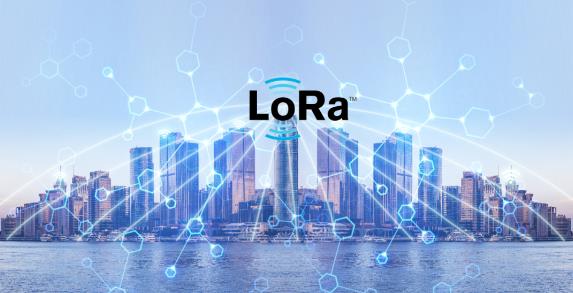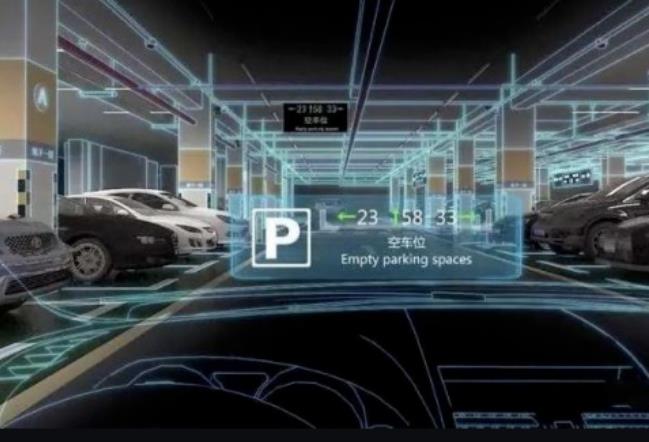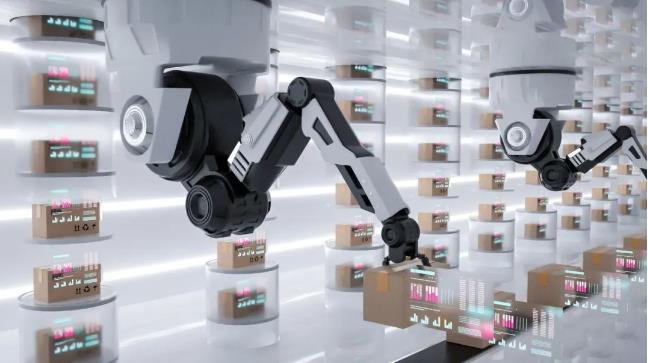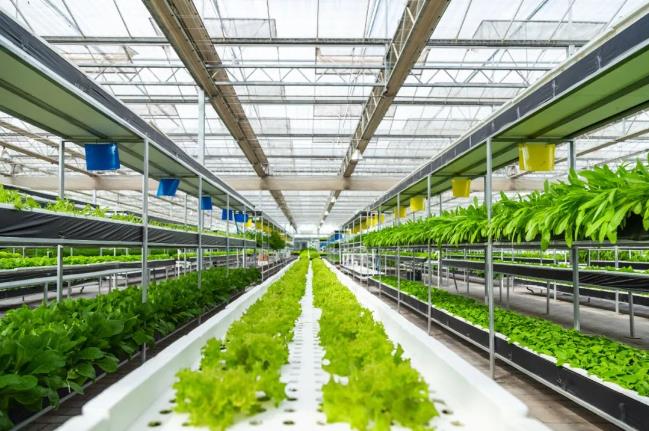The wireless technologies used in IoT applications include GPRS, 3G, 4G, etc. for operators' wide area networks, as well as ZigBee, Wi Fi, Bluetooth for short distances on local networks. Although these wireless technologies themselves are mature, they can only choose between long-distance and low-power.

LoRa, also known as Long Range Radio, literally means long-distance radio. It is a low-power local area network wireless standard created by Semtech company. It is an ultra long-distance wireless transmission technology based on spread spectrum technology. Its biggest feature is that it can propagate farther than other wireless methods under the same power consumption conditions, achieving the unity of low power consumption and long-distance communication. It expands the distance of traditional wireless radio frequency communication by 3-5 times under the same power consumption.
2012: Semtech acquires LoRa technology through the acquisition of Cycleo
In 2013, Semtech released its first LoRa chip product
In 2015, the LoRa Alliance was established and launched the LoRaWAN standard, gradually forming a broad industrial ecosystem
In 2018, Semtech acquired TrackNet, laying the technical foundation for asset tracking products
2019: Semtech launches its first LoRa CloudTM service platform
In 2020, Semtech released the LoRa EdgeTM geopositioning platform
In 2021, LoRaWAN was officially approved by the International Telecommunication Union (ITU-T) as the global communication standard for low-power wide area networks
(LPWANs), marking its transition from a de facto standard for the Internet of Things to a true international standard
In 2022, Semtech launched the LoRa Edge LR1120 chipset, providing multi band LoRa and Long Range Frequency Hopping Spread Spectrum (LR-FHSS) communication
LoRa often adopts a star like network, where the gateway connects terminal nodes in a star like manner, but the terminal nodes are not bound to a unique gateway. On the contrary, the upstream data of the terminal nodes can be sent to multiple gateways. In theory, users can achieve flexible networking through Mesh, peer-to-peer, or star based network protocols and architectures.
LoRa mainly operates in the global free frequency band (i.e. non authorized frequency band), including 433MHz, 470MHz, 868MHz, 915MHz, etc. The LoRaWAN network architecture consists of four parts: terminal nodes, gateways, network servers, and application servers, with bidirectional transmission of application data.
LoRa is a physical layer wireless modulation technology that creates long-distance communication connections, belonging to the Chirp Spread Spectrum (CSS) technology, also known as broadband Chirp Modulation technology. Compared to traditional FSK technology and other short range RF technologies with insufficient stability and security, LoRa greatly increases communication range while maintaining low power consumption. CSS technology has been widely adopted in military and space communication for decades, with characteristics such as long transmission distance and strong anti-interference.
Long distance: a transmission distance of up to 15 kilometers;
Low power consumption: A button battery can operate the sensing node for one year;
Low cost: License free frequency band, low infrastructure, node/terminal costs;
Easy deployment: The low cost of infrastructure and nodes or terminals makes network construction and operation easier.
Smart parking
LoRa technology can save a lot of construction costs due to its flexible deployment characteristics, and a LoRa gateway can manage hundreds of LoRa sensors for real-time monitoring of parking space usage.

Logistics Tracking
An important requirement for tracking or positioning the market is the battery life of the terminal. Logistics tracking can serve as a practical case for hybrid deployment. Logistics enterprises can provide convenient deployment solutions based on their positioning needs in the location network, and LoRa can provide such a solution.

Smart Agriculture
For agriculture, low-power and low-cost sensors are urgently needed. The application of sensors such as temperature, humidity, and salinity is of great significance for improving agricultural production and reducing water resource consumption. These sensors need to upload data regularly, and many remote farms or arable land do not cover cellular networks, let alone 4G/LTE, and LoRa is very suitable for such scenarios.

Contact: Qui
Phone: 18146178586
Tel: 18146178586
Email: qui@zonewu.com
Add: 1501-3, Building F03, Phase III, Software Park, Jimei District, Xiamen City, Fujian Province, China
